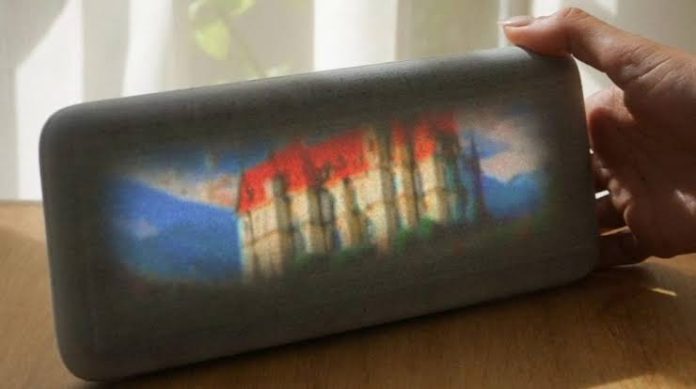A new device developed by Dutch innovation studio Modem Works is making headlines for its futuristic approach to storytelling—by transforming spoken dream recollections into trippy, AI-generated videos.
Called the Dream Recorder, the device taps into the surreal nature of dreams, capturing their fluid and often bizarre imagery through advanced artificial intelligence. Users simply speak about their dreams into the device, and the rest is handled by a powerful AI pipeline.
The Dream Recorder works in three stages. First, it transcribes the user’s voice in any language, requiring no structured input or detailed explanation. That transcription is then processed by ChatGPT, which organizes the thoughts into a coherent narrative script. Finally, the script is sent to Luma AI, which generates dreamlike videos—characterized by abstract visuals, hazy imagery, and emotional tones meant to reflect how humans actually remember their dreams.
Unlike traditional video generation tools, the Dream Recorder emphasizes emotional impressions over visual clarity. “These aren’t high-definition renderings of reality,” say developers. “They’re hazy, shifting visuals that echo the way dreams feel—fragmented, fluid, and often inexplicable.”
One of the most remarkable features of the Dream Recorder is its offline functionality. The device stores all dream recordings locally in a digital journal, allowing users to revisit their dream experiences at any time. There is no need for a smartphone app, cloud backup, or internet connection. Fully powered by open-source software, it ensures that users retain complete ownership and control over their personal data.
Modem Works, known for blending conceptual art with hardware innovation, has once again pushed the boundaries of technology and self-expression. The Dream Recorder stands at the intersection of art, psychology, and AI, offering users a window into their subconscious like never before.


